As an end-of-life mobile veterinarian who is also of a certain age (forty one…derful to be precise,) I can tell you that I’m definitely beginning to appreciate wear and tear on my body. I need to take my vitamin I (ibuprofen) more frequently for aches and pains and stretch regularly. Often massages are necessary so that I can continue to perform my job safely and effectively. As my Grandma Graves used to say, “Getting old is not for sissies!”
With regards to our aging pets, grandma’s colloquialism could also be a cautionary one. In the animal world, there are very few sissies indeed! (Chihuahuas are allowed to have their moments). Most pets, including dogs and cats, are stoic and do not want their “pack” to know if they are slowing down or in pain. By the time a pet is limping or showing signs of illness or decline, the condition may already be quite advanced.
If your pet is middle aged (5-9 years old), it’s important to increase your awareness of their wellbeing and with some good habits, early monitoring and treatment before your pet becomes a true senior or geriatric. In other words, an ounce of prevention is worth a pound of cure (Wow, get out of my blogpost, Grandma!).
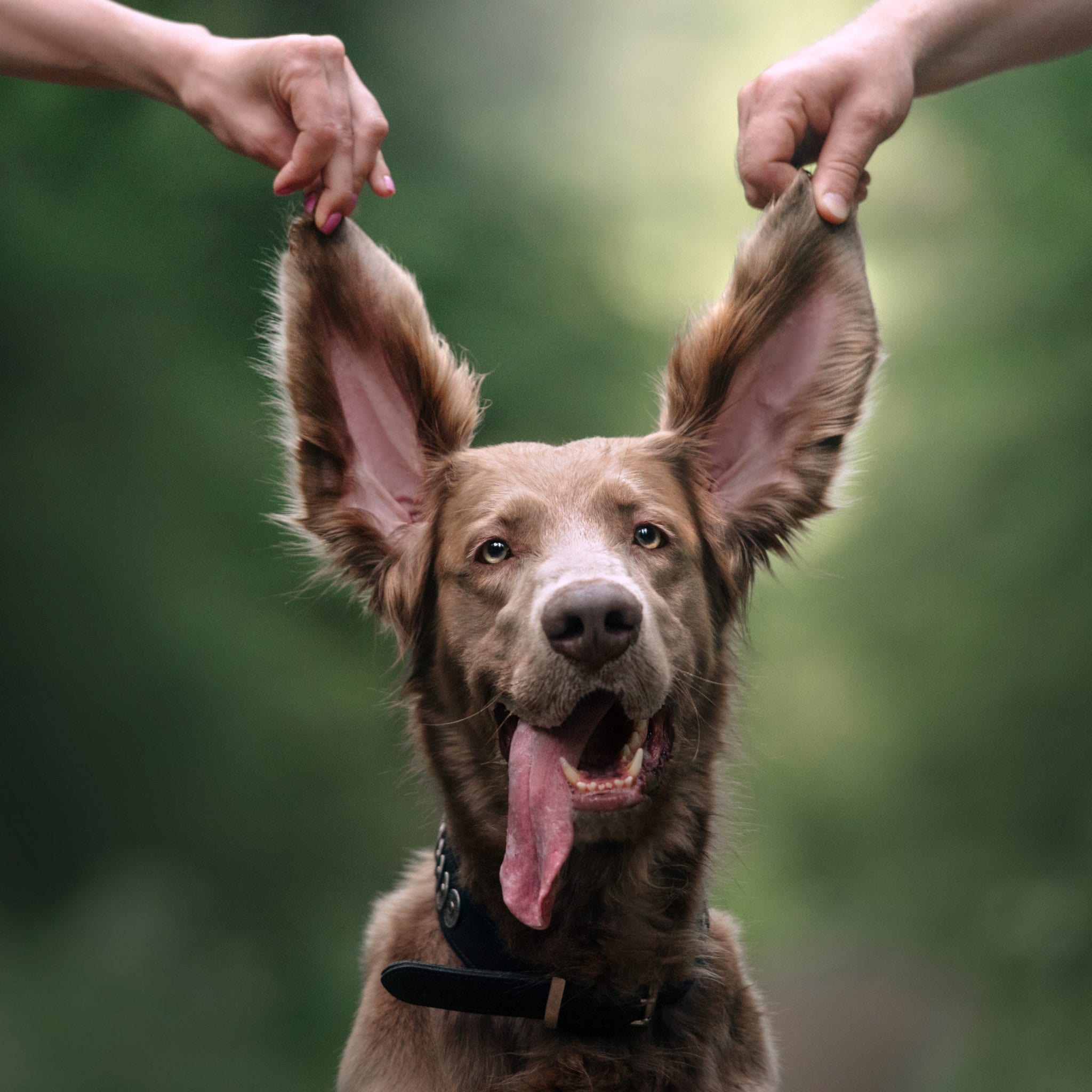
Monitor your pet using all of your five senses.
Sight
Is your pet slowing down, taking shorter walks, hesitating before climbing stairs or jumping off counters? Is he/she panting more or seem to take a while to get comfortable in his/her bed? What other changes, either physical or behavioral do you notice?
Sound
Listen to the sounds your pet makes when you are not looking at them. Sometimes a limp may not be visible to the eye, but you may appreciate a difference in the 4 sounds their paws make and that could indicate some pain due to arthritis. Listen to your pets breathing. Is it raspier or quicker than usual?
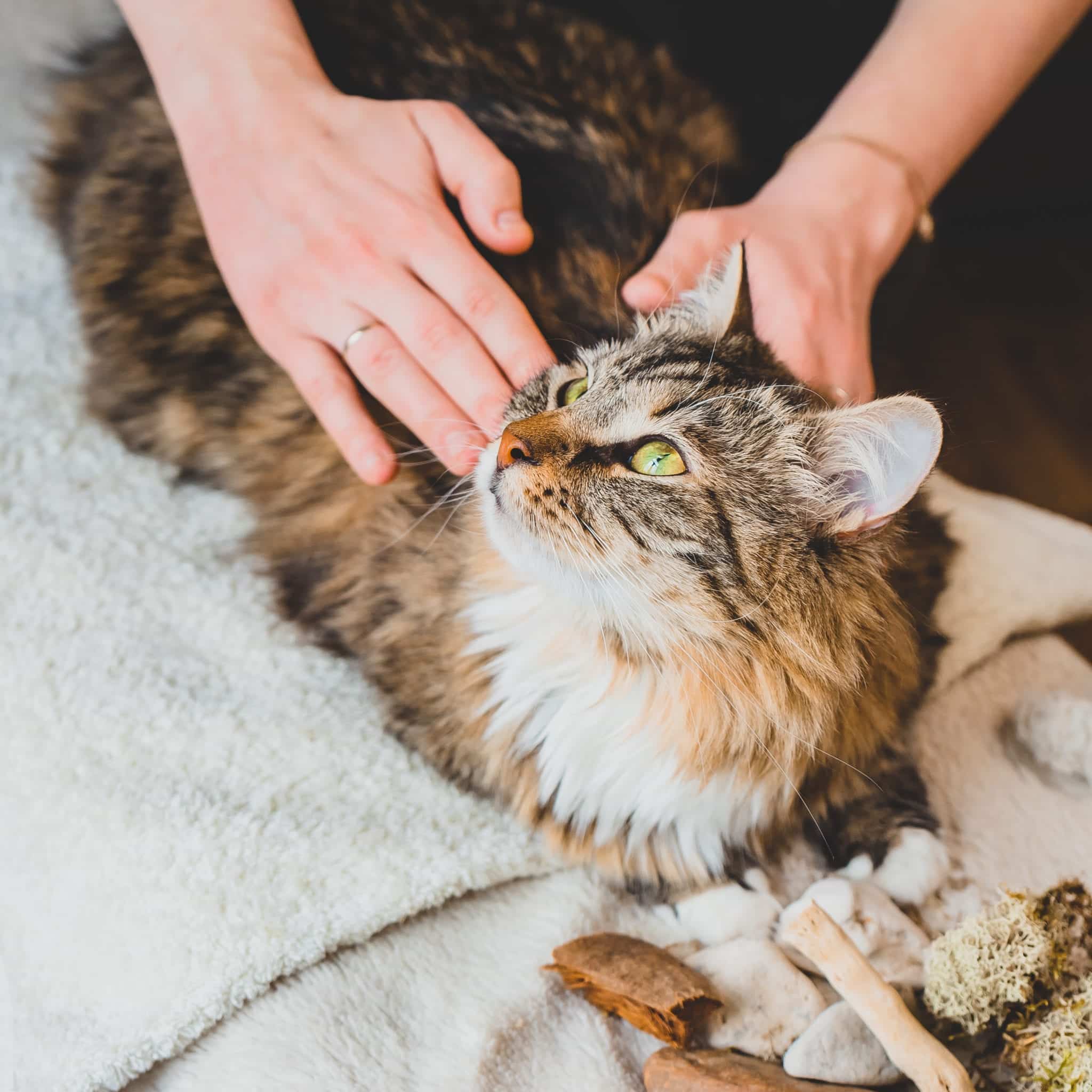
Touch
Palpating your pet’s body is perhaps the most powerful diagnostic tool a veterinarian uses in the clinic setting. This is something that pet owners can do at their own home as well. This can be particularly effective because pets are relaxed at home. Any tension or signs of pain may be easier to pick up on than when they are nervous and tense at the veterinary office. Make it a regular habit to gently rub and feel your pet’s body from their nose to their tail.
Are there regions and/or muscles that feel tight or seem to illicit discomfort when touched? Does your pet’s skin glide easily like loose-fitting pajamas over their back, trunk and pelvis or does it seem tight and adhered? When you touch their chest and abdomen, are their any lumps or bumps that you hadn’t noticed before? Palpating (or massaging) your pet can be diagnostic as well as therapeutic. Use common sense when palpating your pet’s body: start slow and gentle, pay attention to their non-verbal communication and take breaks if they seem overstimulated or uncomfortable.
Smell
Pay attention to foul odors or changes in the way your pet smells. Make a habit of regularly sniffing the inside of their ears and mouth as ear infections and dental disease can advance quickly and cause damage to other organs. Oftentimes when a pet is very senior, anesthesia becomes risky and so dentals are not performed. All the more reason to stay on top of their dental health when they are still healthy so that their teeth will last well into their golden years. Other general changes in smell could indicate infection, disease of an internal organ or cancer.
Taste: No judgement. If you notice your aging pet tastes different, it may be worth noting.

Regular veterinary check ups.
I confess… COVID has meant that my own cats are overdue for their checkups, but as soon as possible, make sure your middle-aged or senior pet is seen by a veterinarian and follow their recommendations for additional testing such as bloodwork and urinalysis. Such tests are essential for monitoring the general health of your pet. They provide a “look inside” our pets’ bodies and help your veterinarian detect disease and cancer early, before they show signs of being ill. Early detection may lead to more treatment options and ultimately, more time with your pet, depending on the disease process. If your pet is 7-10 years old, seeing their vet every 6 months is recommended. Biannual visits may be recommended earlier than that for certain large breed dogs or other breeds of dogs or cats that may be predisposed to certain health issues.
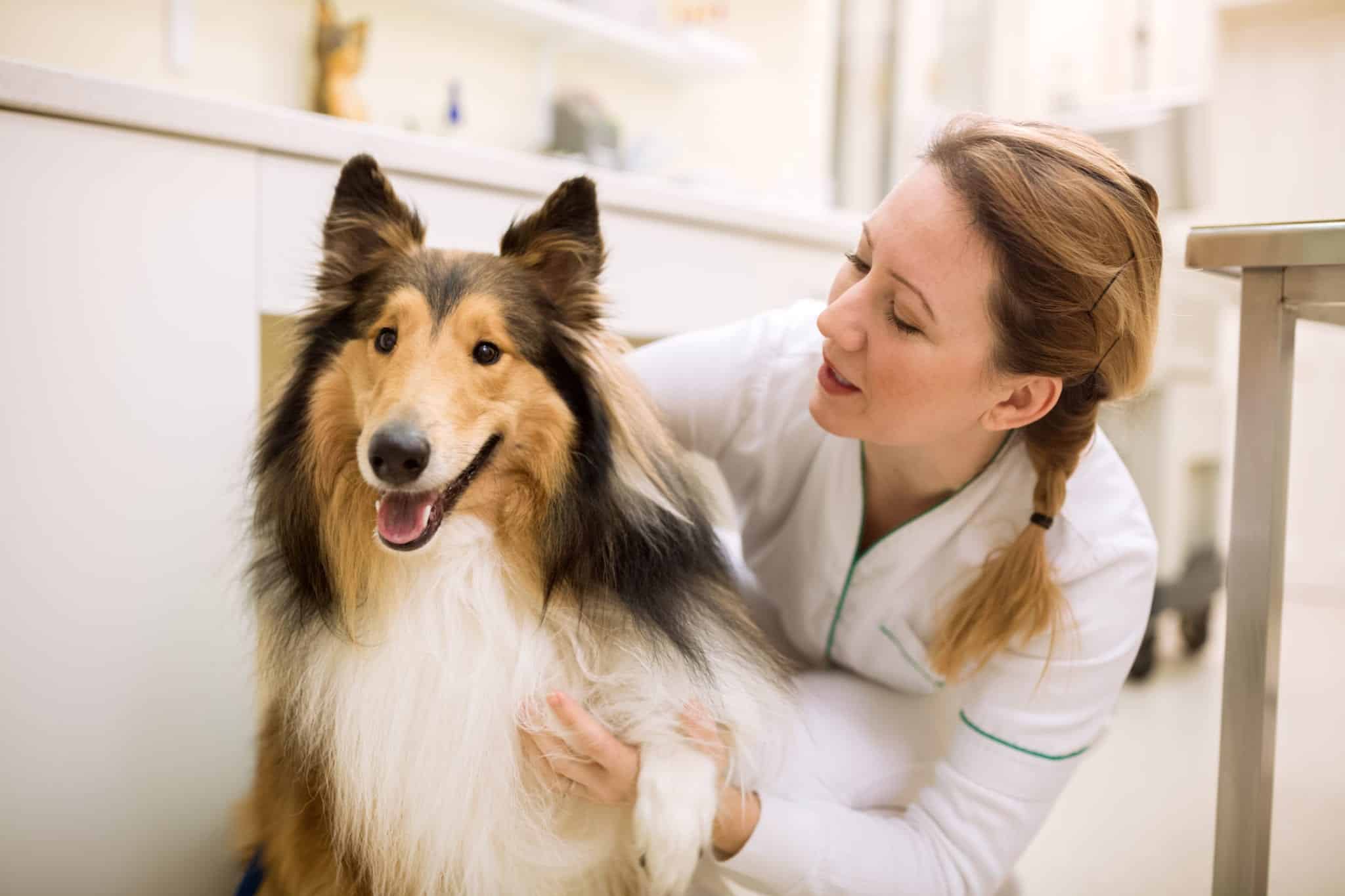
Help them maintain a healthy weight.
Humans aren’t the only ones who’ve gained the quarantine 15, but just as with humans, shedding a few pounds translates to much less wear and tear on the joints for pets, not to mention preventing diabetes and other diseases. Ideal body weight is often leaner than we realize, so ask your veterinarian if your pet should lose weight (psst…they should!) and work with him/her to find an appropriate diet and weight loss plan.
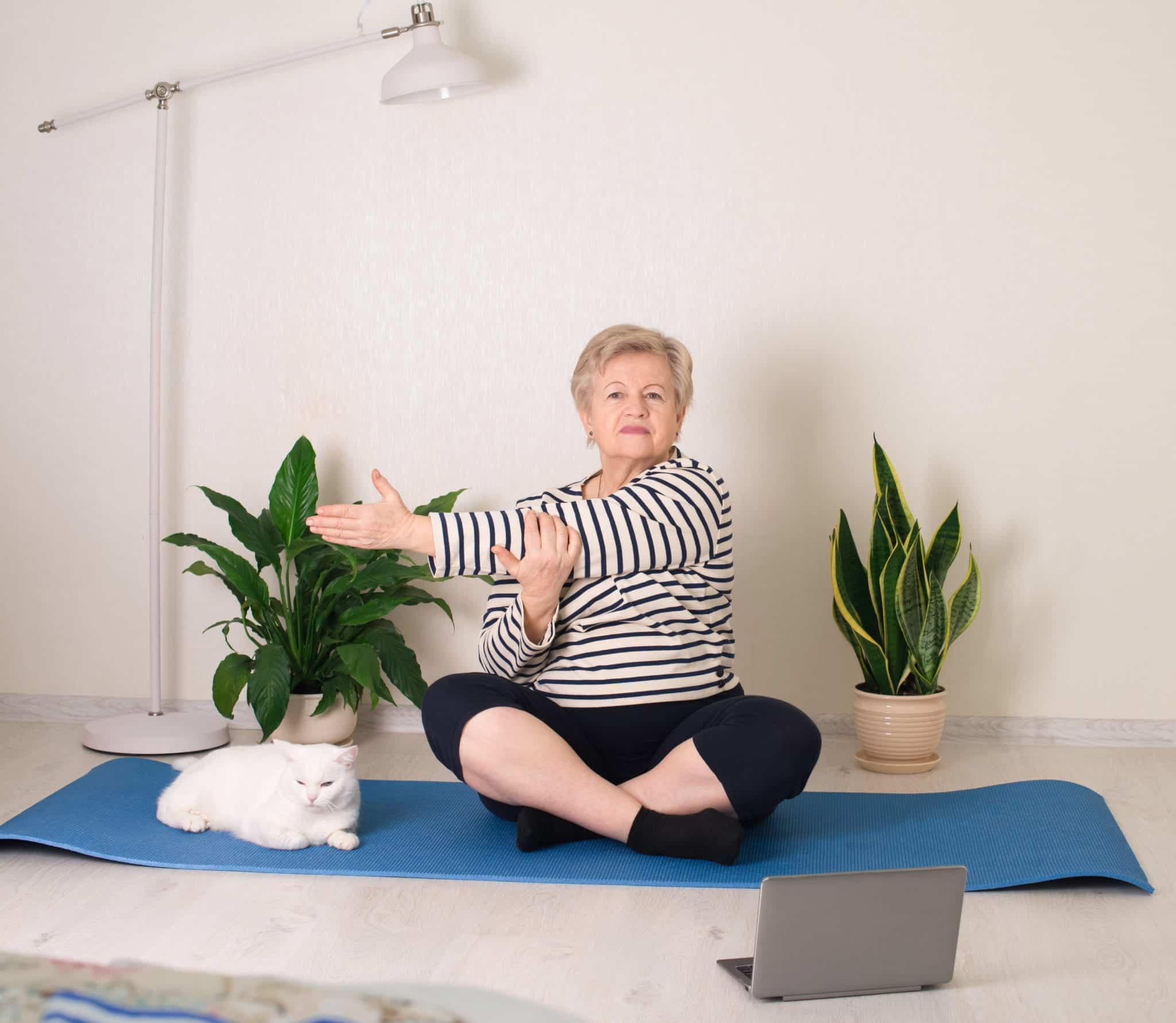
Start slow with a warm up.
A few years ago, I was on a kickball team. I will probably never do such a thing again, not just because we lost every game (except one by forfeit,) but because in all honesty, my body is just too old to do it safely. When I was at bat, I kicked the ball and sprinted as fast as I could, which resulted in a seriously strained hamstring muscle. While playing the outfield, I fell over backwards trying to catch the ball and landed with my wrists extended. I swear they were sore for a year afterwards. While many middle aged dogs are probably more athletic than I am, extra care and caution should be exercised when asking them to exert themselves. Make sure your dog is warmed up by walking them for 10 minutes before asking them to sprint after a ball. For dogs who perform flying leaps and twists to grab frisbees, as they enter 7-10 years of age, consider keeping the frisbees low to the ground or switch to fetching a ball.
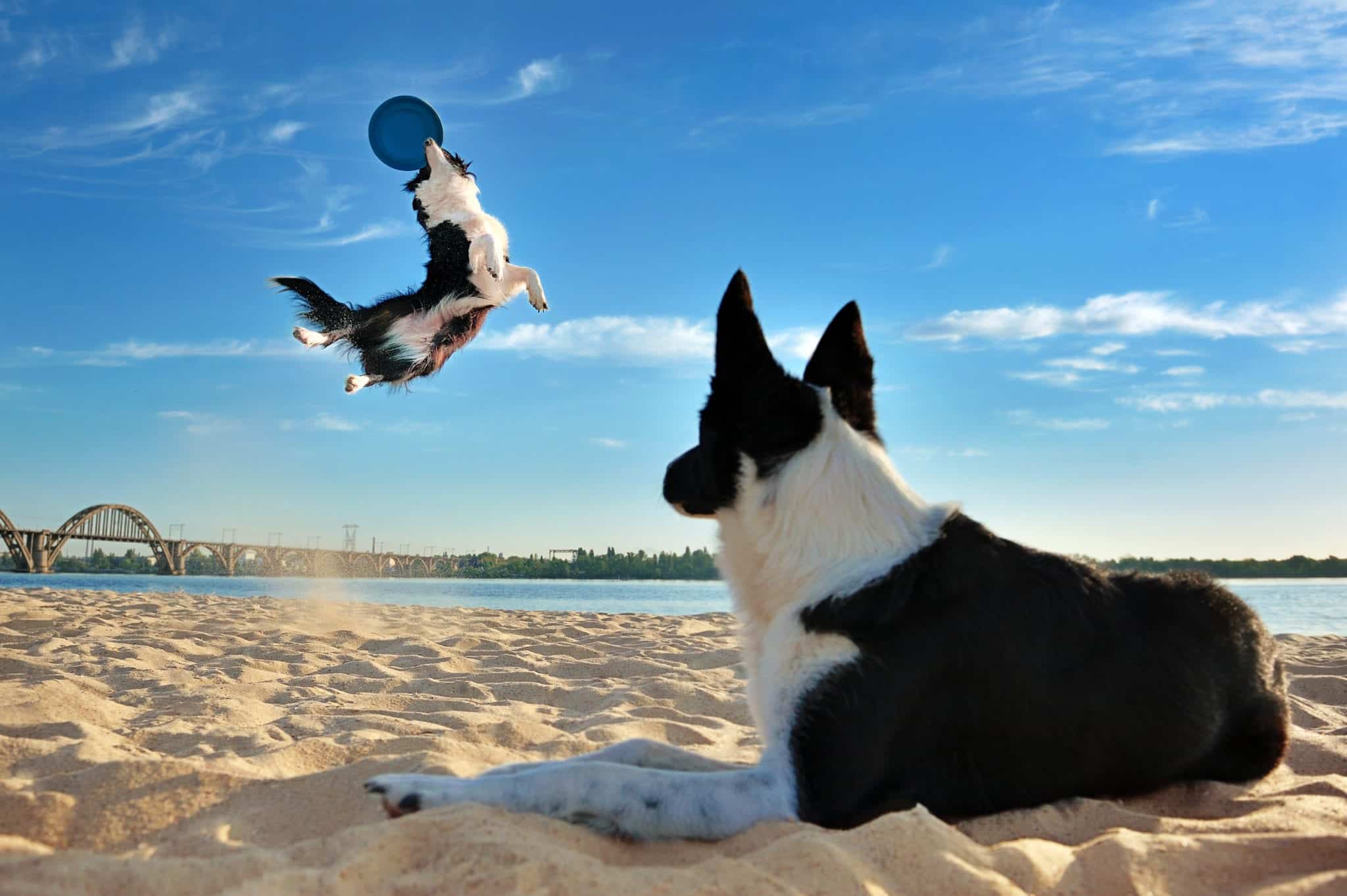
Physical therapy, supplements and integrative modalities.
Is your middle aged pet your marathon training partner or simply a regular member of your Netflix watch party? Chances are they are already developing arthritis and may benefit from supplements such as: glucosamine and chondroitin, joint injections, omega 3 fish oil and pain medications. Talk to your veterinarian about what she/he recommends to keep your pet comfortable and able to safely continue their usual activities.
If you’ve ever woken up with a crick in your neck, sore knees or had your back “go out,” well, guess what? Dogs and cats experience the same things. Often times their ailments go unnoticed because they do not overtly show pain or they will perform activities in spite of the pain. This comes from their desire to please us.
Just like middle-aged people, a certain amount of TLC for your pet can go a long way. Physical therapy, massage and other modalities such as acupuncture and laser are methods to help your pet’s body be comfortable and last a long time. Veterinary hospitals that specialize in physical therapy are becoming more common so consider having your pet evaluated to see if they could benefit from a regular “tune up.”
My personal experience with physical therapy and acupuncture.
I met Sophie the Pig when I was on my Sports Medicine and Physical Rehabilitation rotation in vet school. She had lower back pain and responded well to physical therapy. The TENS unit in this photo would make her bristles stand on end and she would fall asleep because it felt so good.
Sophie would snort cheerfully for her back massages.
This is my own cat, Bobby. He has lower back pain, luxating patellas and arthritis so I definitely wanted him to get some PT while I was on my sports med rotation. I used a similar TENS unit to the one I used on Sophie the Pig. He didn’t seem to enjoy it quite as much but he definitely seemed more comfortable afterwards. Bobby has been my resident guinea pig as I work towards my acupuncture certification. Any pet can benefit from integrative modalities such as acupuncture, laser, massage and physical therapy. Bobby loves his acupuncture and not just because he gets wet kitten food to make him hold still.
In summary, there is no substitute for regular (every 6 months) veterinary care for the middle-aged pet. However, when it comes to catching subtle changes in their day-to-day health or behavior, the real expert is YOU. Give your middle aged pet the extra attention they deserve by examining them regularly using the five (okay, four) senses. Remember that pain and discomfort can be difficult to discern because animals are stoic and want to please us. Work with your veterinarian to develop healthy habits early on with diet and exercise, and if appropriate, supplements, medications and physical therapy and give your pet the best chance at a long and happy life.
Written By: Dr. Mavi Graves, Caring Pathways Veterinarian
While at CSU, Dr. Mavi served as a manager of the student volunteer pet hospice program and that’s when she discovered end-of-life care as her veterinary calling. Dr. Mavi feels that the end-of-life journey is an incredibly sacred and meaningful time to serve pet families and she feels strongly about the importance of letting pets pass away at home. It is an honor to facilitate gentle and peaceful euthanasia experiences and to that end, Dr. Mavi has earned her Fear-Free Certification. She is also working towards acupuncture certification and strives for excellence and personal betterment in supporting pet owners through what may be one of the most difficult days of their lives. Click here to read Dr. Mavi’s full bio.

